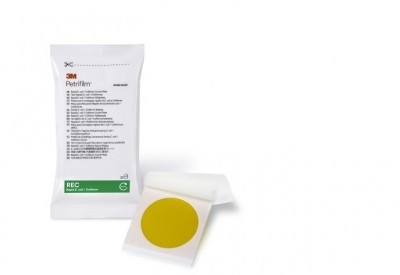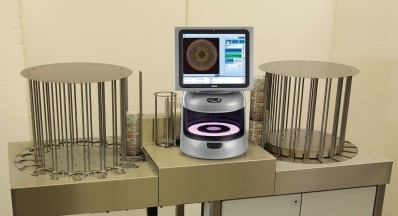Charm Sciences introduces colony counter

The Peel Plate Colony Counter has an internal computer and is accurate within 10% of an experienced microbiologist’s visual count.
For each test result the counter stores raw images, processed images and test result information including operator and sample ID, date and time of results, count, result in CFU/mL-g etc.
This information can be reviewed on the Colony Counter, copied into an excel spreadsheet, or transferred to an SQL database or other data management system.
The Peel Plate Count images circle the colonies counted on each test result.
The frequency of calibration checks is customized to happen on start-up and after a programmed number of tests have been counted.
Rick Skiffington, VP of engineering, said the Colony Counter can detect and quantify spreader colonies.
“We have required calibration checks to safeguard test results, the frequency of which can be customized to each company’s requirements,” he said.
“Each unique Peel Plate microbial test and product type is tailored with a default dilution and can be counted using a black and white or colour algorithm to categorize the type of bacterial colonies."
Two user levels allow operators to run tests and review results and administrators to archive data, set up new operators and Peel Plate types.
Peel Plate microbial tests are for aerobic count (Peel Plate AC), coliform count (Peel Plate CC), E. coli and coliform count (Peel Plate EC), yeast and mould count (Peel Plate YM), enterobacteriaceae count, (Peel Plate EB), and heterotrophic count (Peel Plate HET).





















